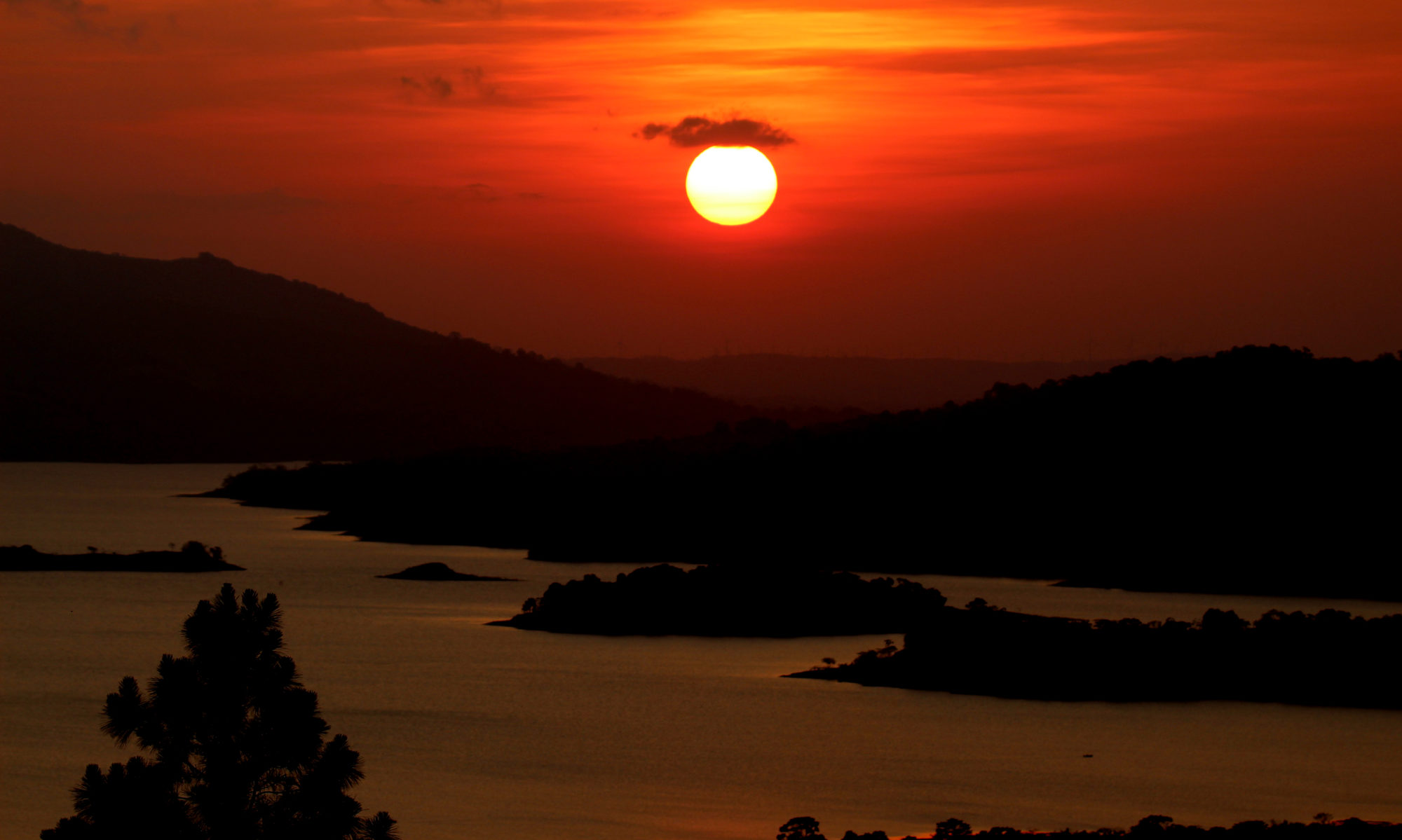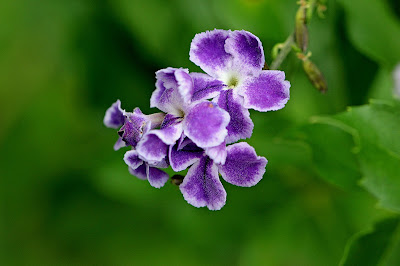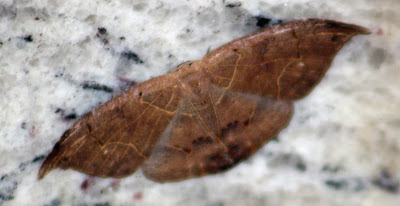Thanksgiving Day is a unique American Holiday only, not here, so the banks are open here today and there are no parades or football games! BUT, tomorrow is a huge day here as
Black Friday or
Viernes Negro as possibly the biggest shopping day of the year here too! The malls are so crowded I wouldn’t think of going tomorrow! Even for the big sales! Not even for Star Wars which I will see next week.

We have a neighborhood chef now who prepares very good dinners to be picked up at his house Monday to Friday and today he prepared a traditional turkey & dressing dinner which I enjoyed with my neighbor Anthony along with a cranberry salad and pumpkin pie Anthony had prepared. I’m stuffed and ready to take a nap!
 |
Our Thanksgiving turkey dinners came in decorated bags,
here on plates at Anthony’s house ready for us to eat. |
And at my Spanish Class this morning we joined with another class for coffee and homemade goodies, language games, and each of us presented what we are thankful for, en español of course! Here is my paragraph as presented this morning:
Gracias a Dios
Doy gracias por una vida lenta y tranquila en Costa Rica. ¡También para una casa muy agradable y propietario excelente! Y para la gente amable de Atenas y muchos buenos amigos. Y muchos hermosos pájaros y mariposas.
¡Y oh sí! ¡Para el mejor clima del mundo! J Cuando me mudé aquí, yo era el único en Atenas que lo creía.
The second paragraph is kind of a joke about the slogan Atenas uses everywhere, saying “Atenas – The best weather in the world” which most locals don’t believe and often joke about. But I still sorta believe it! And definitely thankful for the weather here!
And oh yes, Hurricane Otto passed north of us with only a little more rain this morning and no major winds, so that “best weather” town of Atenas still is!

We had no flooding, power loss, trees down, evacuations, or anythingf else that was going on in the path. Fortunate again!
¡Gracias a Dios!
¡Pura Vida!
Like this:
Like Loading...





























